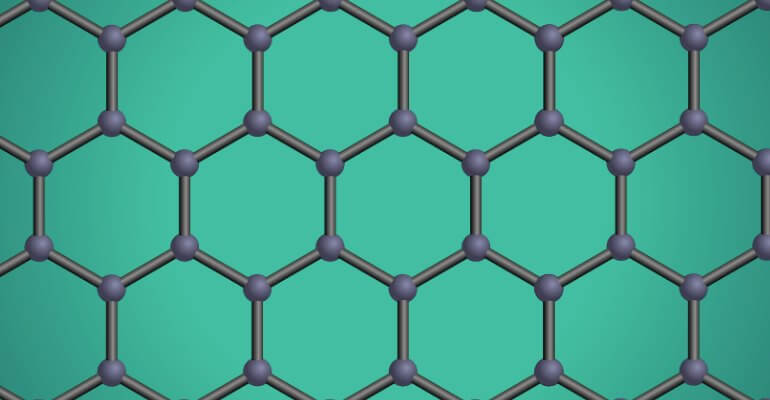Pouring Saltwater Over Graphene Produces Electricity
Gizmodo, April 15, 2014
A team of Chinese scientists did an impossible-sounding thing. They created electricity simply by dragging a droplet of saltwater across a layer of graphene. No big fires, no greenhouse gases, no fuss. They created energy with just a miracle material and one of the most plentiful substances on Earth.
The science behind the effect is actually quite simple. When the droplets of saltwater sat static on the graphene, they carried an equal charge on both sides. But, when moved across the surface of the graphene, the electrons in the saltwater were desorbed on one end of the graphene and absorbed on the other, generating a measurable voltage along the way. The faster the water moves, the higher the voltage it generates—although the total voltage was still pretty low, about 30 millivolts. A standard AA battery, by comparison, produces about 1.5 volts. It helps that graphene is insanely conductive.
Read More
Generating electricity by moving a droplet of ionic liquid along graphene
Nature Nanotechnology, April 6, 2014
Since the early nineteenth century, it has been known that an electric potential can be generated by driving an ionic liquid through fine channels or holes under a pressure gradient. More recently, it has been reported that carbon nanotubes can generate a voltage when immersed in flowing liquids, but the exact origin of these observations is unclear, and generating electricity without a pressure gradient remains a challenge. Here, we show that a voltage of a few millivolts can be produced by moving a droplet of sea water or ionic solution over a strip of monolayer graphene under ambient conditions. Through experiments and density functional theory calculations, we find that a pseudocapacitor is formed at the droplet/graphene interface, which is driven forward by the moving droplet, charging and discharging at the front and rear of the droplet. This gives rise to an electric potential that is proportional to the velocity and number of droplets. The potential is also found to be dependent on the concentration and ionic species of the droplet, and decreases sharply with an increasing number of graphene layers. We illustrate the potential of this electrokinetic phenomenon by using it to create a handwriting sensor and an energy-harvesting device.
